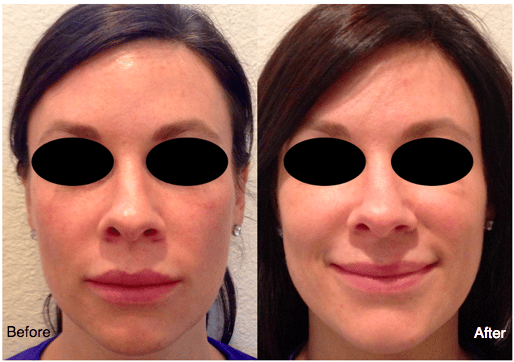Juvederm Voluma is an injectable filler that received FDA approval in January 2014. It is designed to provide enhancement of the midface and cheek by adding volume and providing a small cheek lift. Voluma lasts for up to two years and is made of hyaluronic acid, meaning that it has a soft and natural feel during that time.
Many patients are concerned that injections with Voluma will be painful. Dr. Jejurikar applies a topical anesthetic cream for at least 20 minutes prior to injection of Voluma. This significantly diminishes the pain of the initial injections. Furthermore, Voluma comes pre-mixed with lidocaine, which is a local anesthetic. This makes subsequent injections relatively pain free.
In this video, Dr. Jejurikar demonstrates Juvederm Voluma injection in a young woman who desired greater projection of the cheek bones. Injection of her right face is demonstrated and contrasted with the left side. Dr. Jejurikar utilized Google Glass to film this video.
If you are interested in learning more, don’t hesitate to contact Dr. Sam Jejurikar’s Dallas office at 214-827-2814.


